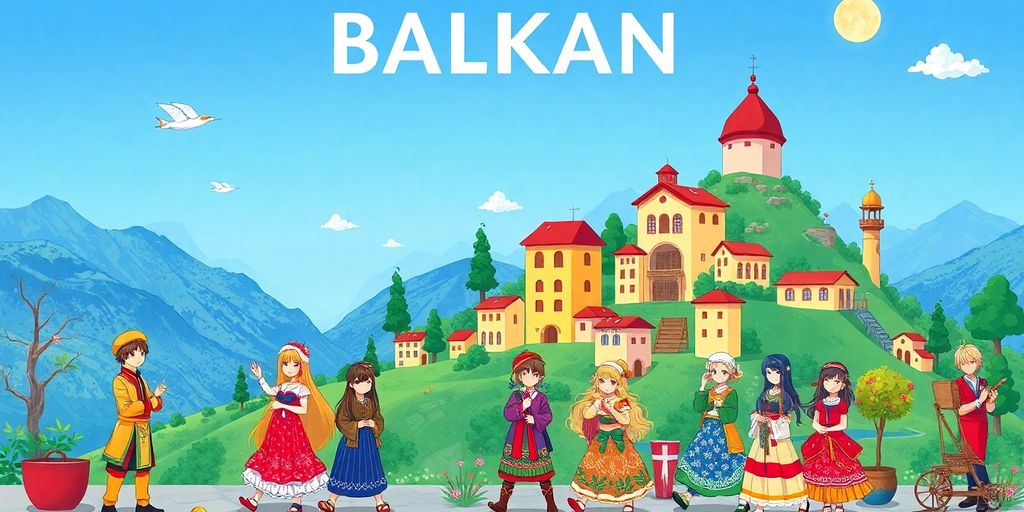In a fascinating blend of culture and technology, an AI has reimagined various Balkan countries as iconic anime characters. This creative endeavor has sparked interest and amusement across social media platforms, showcasing how artificial intelligence can merge different cultural elements into a single narrative.
Key Takeaways
- Each Balkan country is represented by a popular anime character.
- The AI-generated list has gone viral, prompting discussions about cultural representation in anime.
- Fans are engaging with the content, sharing their thoughts and preferences.
The AI’s Creative Choices
The AI’s selections for each Balkan country highlight the unique characteristics and cultural traits associated with both the countries and the anime characters. Here’s the breakdown:
| Country | Anime Character | Anime Series |
|---|---|---|
| Albania | Inuyasha | Inuyasha |
| Kosovo | Tanjiro Kamado | Demon Slayer |
| Montenegro | Goku | Dragon Ball |
| Serbia | Naruto Uzumaki | Naruto |
| Bulgaria | Eren Yeager | Attack on Titan |
| Croatia | Sasuke Uchiha | Naruto |
| Greece | Monkey D. Luffy | One Piece |
| Romania | Alucard | Hellsing |
| Bosnia and Herzegovina | Ichigo Kurosaki | Bleach |
| North Macedonia | Yusuke Urameshi | Yu Yu Hakusho |
| Slovenia | Edward Elric | Fullmetal Alchemist |
| Turkey | (Not Specified) | (Not Specified) |
Cultural Significance
The choice of characters reflects not only the popularity of these anime series but also the traits that resonate with the respective countries. For instance, Goku from Dragon Ball is often seen as a symbol of strength and perseverance, qualities that many associate with Montenegro’s resilient spirit.
Similarly, Naruto Uzumaki, known for his determination and growth, aligns well with Serbia’s historical journey. This creative representation invites fans to explore the deeper connections between anime and cultural identity.
Social Media Reactions
The AI-generated list has taken social media by storm, with users sharing their opinions and preferences. Many fans have expressed delight at the choices, while others have suggested alternative characters that they believe would better represent their countries. This interaction has fostered a sense of community among anime enthusiasts and Balkan nationals alike.
Conclusion
This innovative use of AI to blend cultural identities with popular media has opened up new avenues for discussion and engagement. As fans continue to share their thoughts, the conversation around cultural representation in anime is likely to grow, highlighting the importance of understanding and appreciating diverse backgrounds in storytelling.
The event serves as a reminder of the power of technology in shaping narratives and connecting people across different cultures. As the dialogue continues, it will be interesting to see how these representations evolve and what new insights they may bring to the world of anime and beyond.






